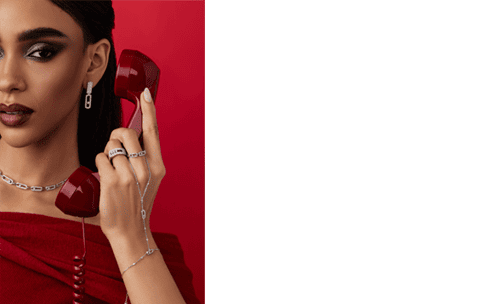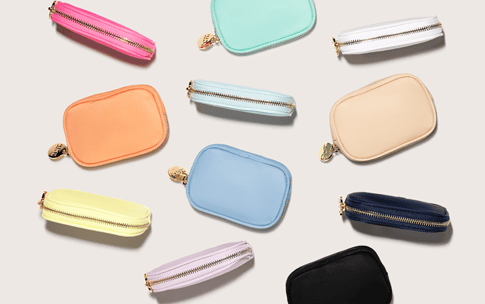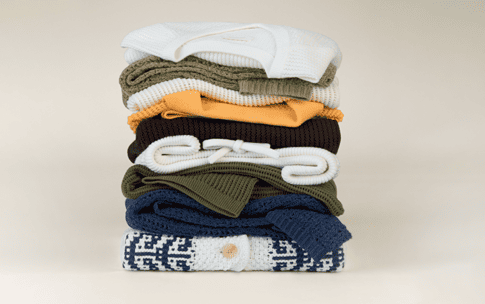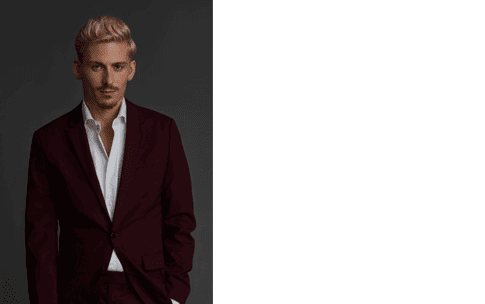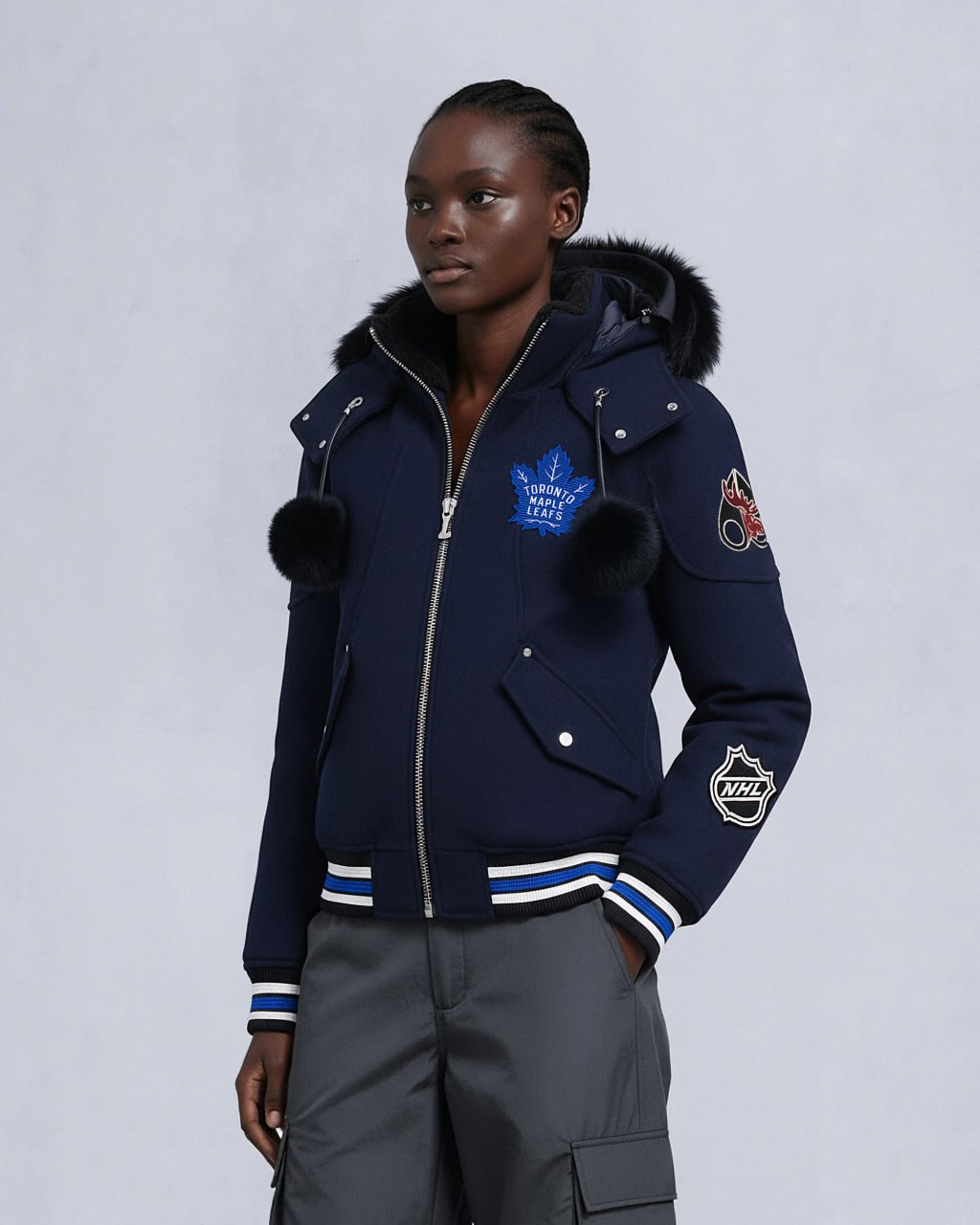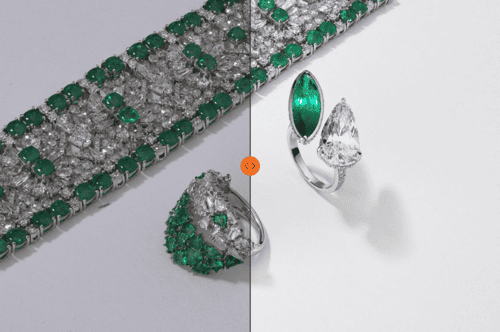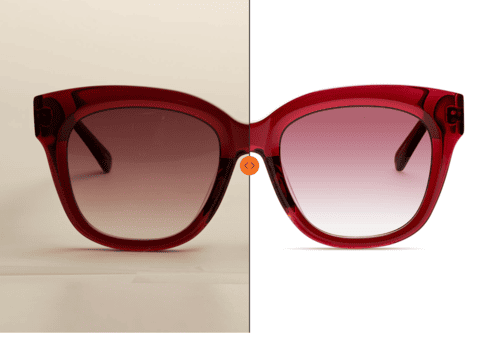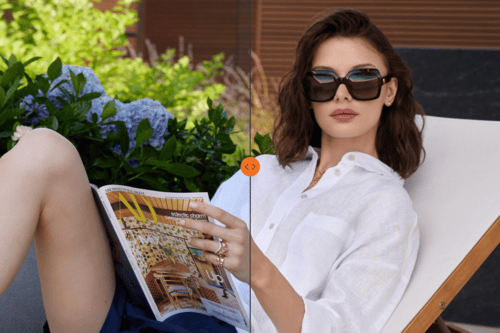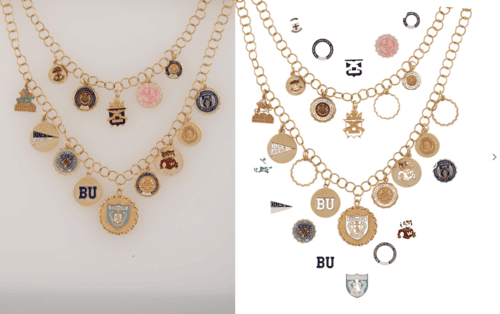Creative Product Photography: Ideas and Inspiration
Rethinking Product Photography
Product photography has evolved far beyond basic catalog shots and white backgrounds. In today's commercial landscape, photography has become a visual language that communicates brand values, emotions, and consumer desires.

Modern commercial photography is composed of meaning. Every material choice, shadow, reflection, and cropping decision works like syntax in a sentence. The viewer’s focus is drawn to the product by the visual story created around it. What they decode can influence how they feel about the product, the brand, and their relationship to it.
The most compelling product photography doesn't shout features, but alludes to experiences. It hints at a lifestyle just outside the frame. Remember the sparse luxury of a Bottega Veneta fragrance ad or the muted surrealism in a Jacquemus flat lay. The objects are characters of, the story told through what surrounds them, the set design, the light, the color choice, and the sense of scale.
To create modern product photography, you need to think like a brand strategist, art director, and visual storyteller, not just a photographer.
Creative Product Photography as Brand Architecture
A conceptual product photo embodies the brand. Styling a $300 lipstick on a pale marble slab with translucent petals evokes softness, clarity, and premium care. But place the same product on brushed steel with harsh shadows and condensation, and suddenly it’s utilitarian, tech-forward, almost genderless. Same object. Entirely different brand story.
This is where creative photography becomes architecture. You’re building a visual identity through a product's relationship with props, the space around it, and the atmosphere it’s in.
Brands with a deep understanding of the role of creative product photography create the most memorable campaigns shaping brands. Glossier’s casual chaos. Aesop’s brutalist minimalism. Loewe’s editorial absurdism. These are brand moments meticulously engineered to trigger emotions and seer into the memories of thousands. Businesses of today need conceptual clarity and visual courage.



Creative Photography Ideas That Cut Through the Noise
“Wrong” Light on Purpose: Breaking Rules to Wake the Viewer UpScroll any e-commerce feed and you’ll see endless photos look like in Amazon tutorials. It’s clean, but forgettable. To stop the scroll, a photographer must break the rhythm. Use hard, raking light to carve out brutal textures. Backlight objects aggressively so that they glow like X-rays. Introduce directional glare and flares that make the viewer tilt their head. Let shadows fall awkwardly. Let gradients bleed. Let the light misbehave, but make it intentional. Rule-breaking light makes even mundane products feel editorial. A bottle of toner becomes a sculpture. This lighting choice is a purposeful strategy. It adds dynamic visual energy that enhances the image. |  |
 | Controlled Chaos: Styling with Tension, Not HarmonyMost photographers are taught to seek balance: the rule of thirds, color theory, and visual flow. But some of the most exciting creative photography rejects harmony outright. Try this: Style objects to clash. Place a luxury timepiece on cracked asphalt. Float a rose in a bowl of oil. Let a lipstick roll off a surface mid-shot. Resist the urge to perfect every line. Introduce friction, but do so deliberately, with clear intention behind every choice. Controlled chaos is visual storytelling through contrast. It creates movement in a static image. And it keeps the viewer’s eye searching, which means they’re engaged. This approach works beautifully for disruptive brands, Gen Z fashion labels, experimental skincare startups, or any clients who know that authenticity is key. Understand this: first, brands must capture a potential buyer’s attention with a striking still life image. Only after that should they present a clear, consistent, and easy-to-understand product catalog to help customers make informed decisions. Emotion comes first, logic follows. |
Materials That Make the FrameSometimes, product photographers avoid certain elements because they can complicate things: water, smoke, melting ice, and uneven textures. But those materials bring life to items. Add gloss over matte. Drip oil over paper. Let fabric wrinkle, tear, or stretch unnaturally. Mist a mirror until the reflection blurs into abstraction. Think of it as introducing entropy into your shot. A little bit of destruction. A little bit of danger. Create a frame that feels alive, like the product is in a moment, not just placed on a set. This is the kind of detail that pulls editorial art directors in and makes commercial clients feel like they’re getting more than a basic shot. They’re getting a concept. |  |
How to Craft Iconic Photography Aesthetics for Modern Beauty Brands
Product photos in beauty are the brand’s voice. The best campaigns construct an entire universe around the product, one frame at a time.
Dries Van Noten Beauty is a masterclass in surrealist juxtaposition. Think velvet lipsticks embedded in petals, highly-saturated colors clashing, gold textures layered against peeling bark. It's couture-level strangeness, bold, off-kilter, unforgettable.



Costa Brazil takes the opposite route: raw nature meets minimal form. Their scenes often feel elemental. A bottle balanced on volcanic rock, shadows filtered through leaves, palettes of warm soil, and foggy glass. Earthy sophistication with a spiritual undercurrent.



OFFICINE UNIVERSELLE BULY blends old-world pharmacy aesthetics with hyper-stylized flat lays. Their imagery is richly detailed, with almost painterly embossed labels, antique props, and romantic lighting. This is a historical era-inspired storytelling.



These brands rely on art direction. Each campaign is a thoughtful arrangement of color, surface, light, and cultural reference. You’re seeing a worldview, a historical period, a philosophy. If you want your still life photography portfolio to stand out, build an atmosphere.
Creative Photography Ideas for Watches and Jewelry
Shooting watches and jewelry is often described as “technical.” And sure it is, with reflections, extreme close-ups, and fine surfaces in play, the margin for error is razor-thin. But the best photographers know: what sells these products is showing their value through authenticity.
| Let’s start with Bulgari. Their high jewelry campaigns often blend architecture, mythology, and surrealism. A bracelet balanced on obsidian. A necklace arched like a serpent around a perfume bottle. The photography is symbolic. You feel the power of the narrative, which gives it weight/value. |  |
 | Nomos Glashütte, on the other hand, takes a minimalist approach to creative watch photography. They strip the context away: watches on paper, against Bauhaus grids, or alongside graphite sketches. It’s design purity in visual form and a masterclass in brand restraint. |
| Then there’s Repossi, who balances brutalism and softness. Their pieces are often shot on raw plaster, slate, or sand. Matte textures that make diamonds seem even sharper. Their still life setups create visual tension, elevating the sense of artistry. |  |
Across both categories, you’ll notice a theme: the best images create a world where the product could live. A mood. A tempo. A visual signature. As a photographer, you’re staging an idea of what it feels like to own it.
Creative Photography Concepts for Fashion Accessories: Bags, Shoes, and Beyond
In the art of photography, accessories like handbags, shoes, and sunglasses offer a unique opportunity: they’re functional, wearable, and expressive, but they can also be treated as sculptural forms.
Coperni famously styled their Swipe bag as a literal time capsule, encased in resin. In stills, they treat it like a futuristic artifact, often framed with mirrored surfaces, industrial textures, or harsh directional light. It’s not a bag. It’s a manifesto.




Jacquemus thrives on surreal scale and playful setups. Tiny bags balanced on baguettes. Heels buried in sand. Sunglasses floating against a powder-blue sky. His visual content strategy is almost cinematic, where each image tells a micro-story with humor and dreamlike tension.


Jil Sander, by contrast, takes a meditative approach. Accessories are often placed against tone-on-tone backdrops with subtle shadows. There’s no spectacle, only form, materiality, and elegance. It’s a quiet luxury housed in a frame visual.




For commercial still life photographers, accessories are where you flex both conceptual thinking and technical styling. A boot can be staged like a brutalist sculpture. A belt can cut across the frame like a graphic line. A clutch bag can define an entire shot’s color palette with its design.
If jewelry and watches are about precision, fashion accessories are about posture. Your image should show how an item moves, how it feels, and who it belongs to. You’re encapsulating the attitude of every garment through photography.
Technical Tips for Creative Product Photography
The most brilliant idea is worth nothing without strong execution, especially in commercial photography where, technical refinement is everything.
Mastering Photography Theory Beyond The Basics
The rule of thirds act like photography’s training wheels, useful, but limiting. Once you’ve internalized the basics, it’s time to break symmetry with intention and design with emotional geometry.
- Color blocking: Use large fields of color to group visual information. It can structure the scene or guide the eye toward the product. This works especially well for cosmetics, tech, and small leather goods.
- Intentional imbalance: Let the product live in one corner of the frame, weighted by negative space. Or deliberately crowd one area and let another breathe.
- Stacked depth: Build vertical layers with glass over stone, over fabric to give your scene three-dimensional tension. Viewers should feel like they could reach in and touch it.
In creative product photography, composition is rhythm. You’re orchestrating movement inside a static frame.



Light in Creative Commercial Photography
Light is the medium. In creative product photography, it defines everything: texture, depth, drama, and mood. But most photographers use light to maintain a safe, predictable look. Let’s explore some lighting techniques that make shots outstanding.
- Hard light sculpts edges, defines shapes, and emphasizes form. It works beautifully with watches, tech, and jewelry, especially when paired with matte surfaces or high contrast materials.
- Soft light flatters skin-like surfaces and organic forms, ideal for beauty products, ceramics, or natural fabrics.
- Gradient control is where mastery lives. A subtle shift from light to shadow across a surface can elevate a cheap material to feel luxury.
Use lightbox, flags, diffusion layers, bounce boards, and mirrors not just to fill shadows, but to create dimensionality. Don’t light the object, light what the object is saying.



How to Be A Retouching-Aware Photographer
If you’re collaborating with a retoucher or delivering work that needs to scale for commercial use, your shoot must anticipate the post-production process.
Here’s how professional commercial photographers do it:
- Shoot clean plates. Background-only shots without subjects or props provide retouchers with a flawless reference to isolate textures, mask imperfections like dust or scratches, and clean up unwanted elements in the frame effortlessly.
- Avoid destructive reflections. Fingerprints on glossy items, chaotic specular highlights, unintended glares. They slow down the workflow and compromise quality.
- Be intentional about layering. If you’re shooting complex setups, consider capturing components separately and assembling them in post for maximum control.
This kind of planning reduces revision cycles, saves your client money, and elevates your professionalism.

About Creative Photography Retouching
You can have perfect styling, thoughtful lighting, and a great concept, but without high-end retouching, your final image may still fall short of client expectations.
- Textures need enhancement without losing authenticity. Think of skin on a leather bag, shimmer in a highlighter, brushed metal on a watch dial.
- Colors must match reality, mood, and brand palette across multiple images, especially in campaigns with tight visual direction.
- Backgrounds and surfaces often require subtle clean-up, color blending, or complete reconstruction to remove distractions or unify the frame.
Done well, retouching doesn’t draw attention to itself. It reinforces the shot’s intent. It supports the narrative. And it lets your creative choices come through with clarity.
Photographers Shoot. Retouchers Polish.
Your creativity is the engine. Your eyes set the tone. A retoucher’s job is to make sure every pixel supports the story you’re telling and that your final image lands exactly where you intended.
If you’re ready to level up your post-production process and focus more on what you do best: concept, styling, lighting, vision, consider delegating retouching to trusted pros.
